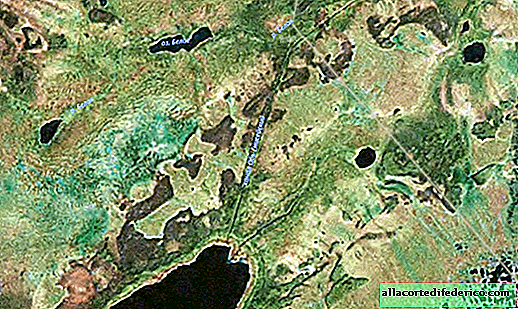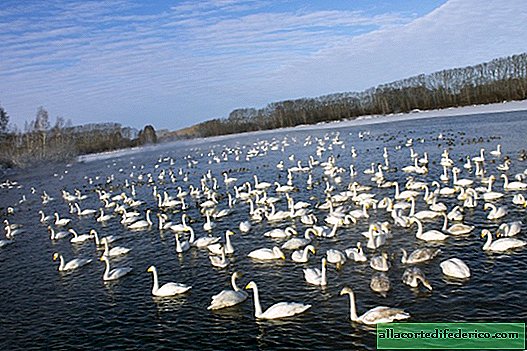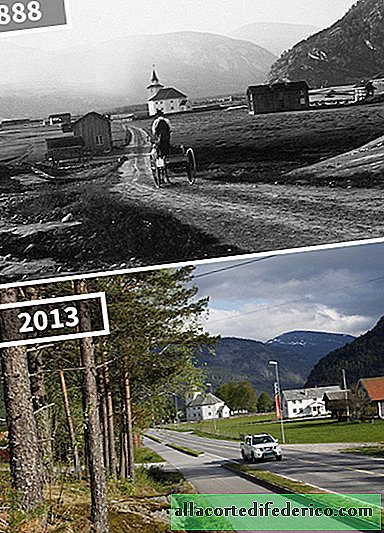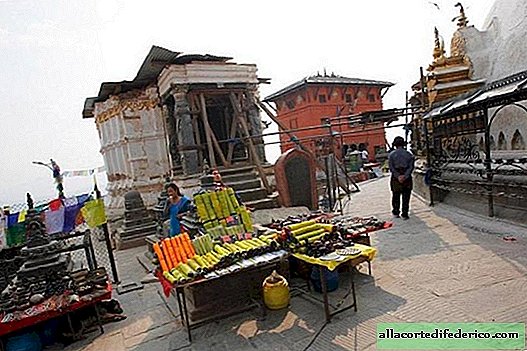Still visible in space images: an abandoned channel between the Yenisei and the Ob
The vast majority of Russian shipping channels are located in the European part of the country. But once in Siberia a man-made waterway functioned that connected the Ob and the Yenisei. Today we will talk about the Ob-Yenisei, or Ket-Kass channel, which was abandoned in the middle of the last century, but is still indicated on maps and is clearly visible in space images.

Ket-Kass, or the Ob-Yenisei Canal, is located in the border areas of the Tomsk Region and the Krasnoyarsk Territory. The canal runs through low-lying wetlands and connects the river Ket (the right tributary of the Ob) with the river Kas (the left tributary of the Yenisei). The canal itself is 8 kilometers long, the rest of the waterway passes through small taiga rivers.

The waterway from the Ob to the Yenisei began at the source of the Ket River. Then the vessels went upstream, passing the rivers Ket, Ozernaya, Lomovataya, Yazevaya and fell into Lake Vodorazdelnoe. The lake is connected with the Small Kas River by a man-made canal 8 kilometers long. Small Kas already belongs to the Yenisei basin and is a tributary of the Kas (or Big Kas) river, which flows into the Yenisei.

It is interesting that the idea of constructing a canal that would connect the basins of the Ob and Yenisei rivers appeared at the turn of the 18th-19th centuries. But at that time, the construction of a canal in hard-to-reach wetlands proved to be impossible. It was only in 1883 that funds were found for the construction of the canal, and by the beginning of the 1890s it was already built and the first ships passed through it. True, the small Siberian rivers and the canal itself were rather shallow, so not all vessels could go along the Ob-Yenisei route. During the flood period, the canal could serve ships with a displacement of up to 80 tons, and the rest of the time not more than 8 tons and allowed passage of vessels with a draft of not more than 1.25 meters. In addition, the harsh Siberian climate limited the period of navigation along the Ob-Yenisei Canal to just 3.5 months.

After the opening, it was planned to further modernize, expand and deepen the canal, and build additional locks. But the construction of the Trans-Siberian Railway significantly reduced the role of the canal as a promising transport artery of the region, and the necessary amount was no longer found to improve it. Then the First World War, the Civil War began, and there was no talk of any completion or deepening of the channel. It is known that back in the 40s of the last century, steamboats and boats passed along the Ob-Yenisei Canal, but already in the middle of the century the canal was abandoned. Later, in the 1980s, hydrologists and engineers were sent to the canal area to study the terrain and determine the feasibility of reviving the canal. But ground-based expeditions and detailed aerial photography issued a disappointing verdict for the canal: the construction of a waterway in hard-to-reach, almost uninhabited, swampy terrain was considered inappropriate.

Today, almost no one remembers him, and only a few local residents, local historians and water tourists are aware of its existence. By the way, lovers of travel in wild places with an interesting history often include the passage of the channel in their routes.
























